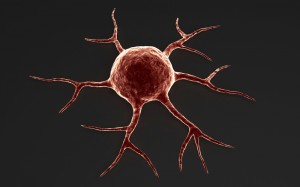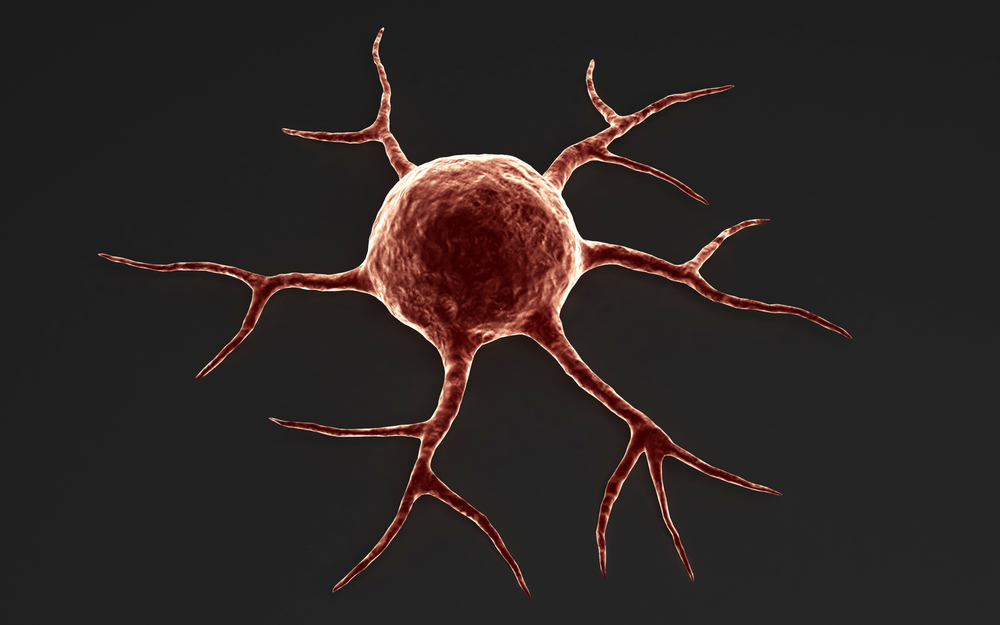 “One cancer’s threat is another cancer’s promoter” is the theme of a new study published in Cancer Research by the laboratory of Yu-Ying He, PhD, in the Department of Medicine, Section of Dermatology, at the University of Chicago. The paper, “SIRT6 Promotes COX-2 Expression and Acts as an Oncogene in Skin Cancer,” authored by Mei Ming, Dr. He, and colleagues, described how animal models and real-patient clinical data were used to determine that the common tumor suppressor SIRT6 may actually promote skin cancer tumorigenesis.
“One cancer’s threat is another cancer’s promoter” is the theme of a new study published in Cancer Research by the laboratory of Yu-Ying He, PhD, in the Department of Medicine, Section of Dermatology, at the University of Chicago. The paper, “SIRT6 Promotes COX-2 Expression and Acts as an Oncogene in Skin Cancer,” authored by Mei Ming, Dr. He, and colleagues, described how animal models and real-patient clinical data were used to determine that the common tumor suppressor SIRT6 may actually promote skin cancer tumorigenesis.
“Although SIRT6 suppressed tumor growth in some cell types, we discovered that it encouraged cancer development in others, particularly in skin cells,” said Dr. He, in a news release from the University of Chicago Medical Center. “Our findings underscore a critical role for SIRT6 in the skin damage caused by ultraviolet light.”
The team was interested in how ultraviolet-B light could lead to skin cell tumorigenesis. They started their studies by analyzing SIRT6 protein abundance in donor human skin samples. “We found more SIRT6 protein in sun-damaged squamous cell carcinoma cells than in healthy, sun-protected human skin,” explained Dr. He.
Then, to see how skin cells would respond when they were depleted of SIRT6, the team deleted the gene in mice. “When we deleted SIRT6 from skin cells in mice, tumor development decreased,” said Dr. He. Deleting the gene suppressed ultraviolet-B-induced cell proliferation, although there was no effect of ultraviolet-B-induced DNA damage repair. Furthermore, ultraviolet-B light was capable of increasing SIRT6 expression in skin cells.
Looking for a mechanistic explanation, the team focused their attention on an enzyme known to increase inflammation: COX-2. Higher levels of COX-2 expression were found with increased SIRT6 expression, resulting in enhanced cell proliferation and survival. Depleting SIRT6 expression had the reverse effect and decreased COX-2 levels.
According to Dr. He, “This [study] adds to our understanding of the mechanisms of skin carcinogenesis. It suggests that SIRT6 could provide a useful target for cancer prevention.” While it is not possible to engineer humans to lack a SIRT6 gene in skin cells, Dr. He indicated, “We are searching for safe and effective ways to inhibit it.”


